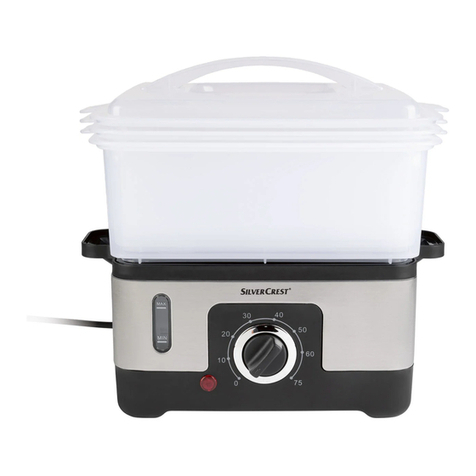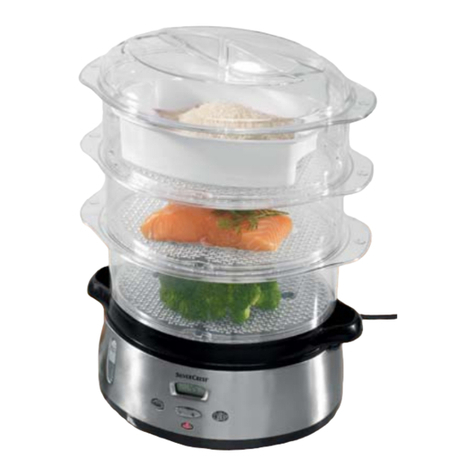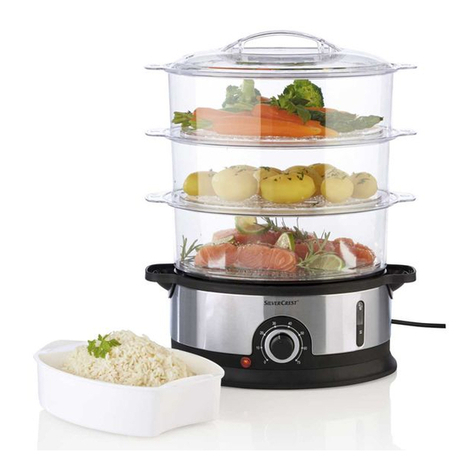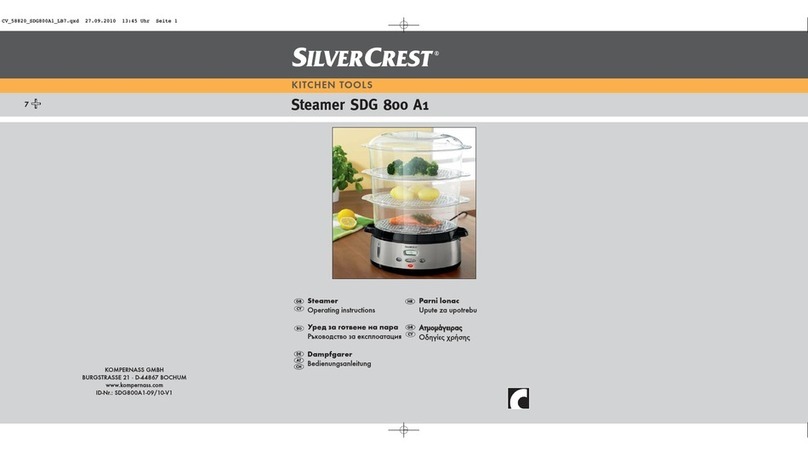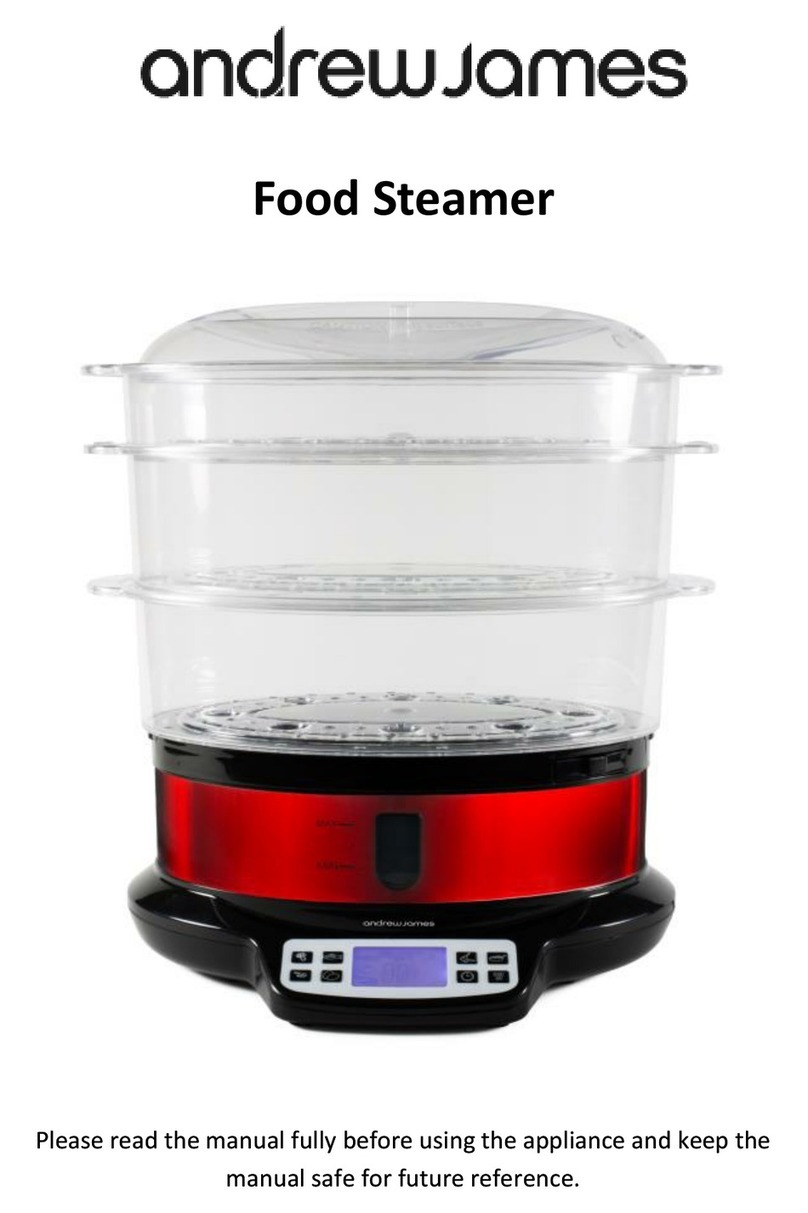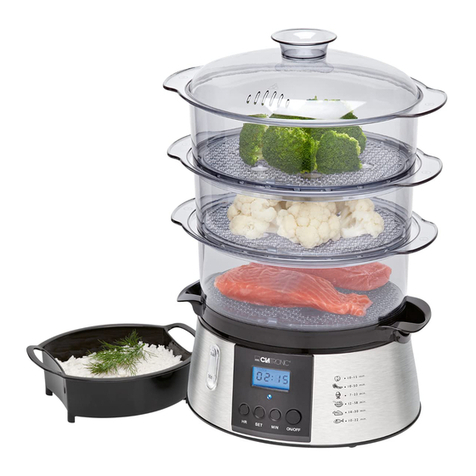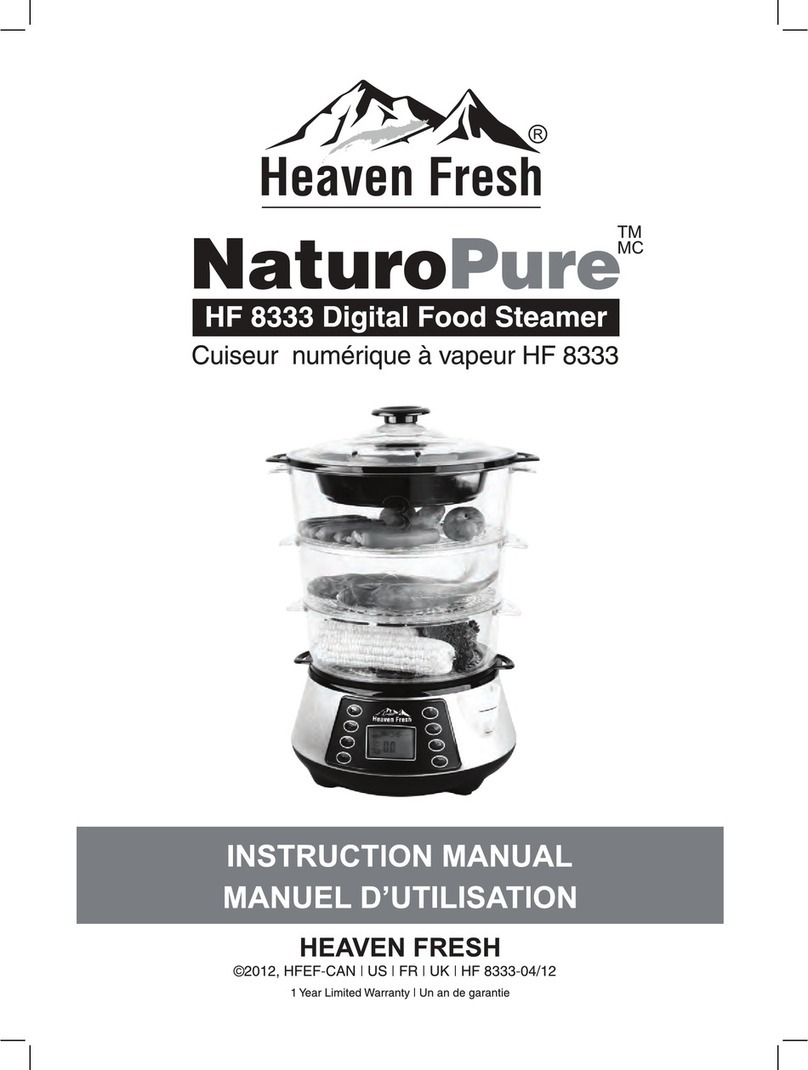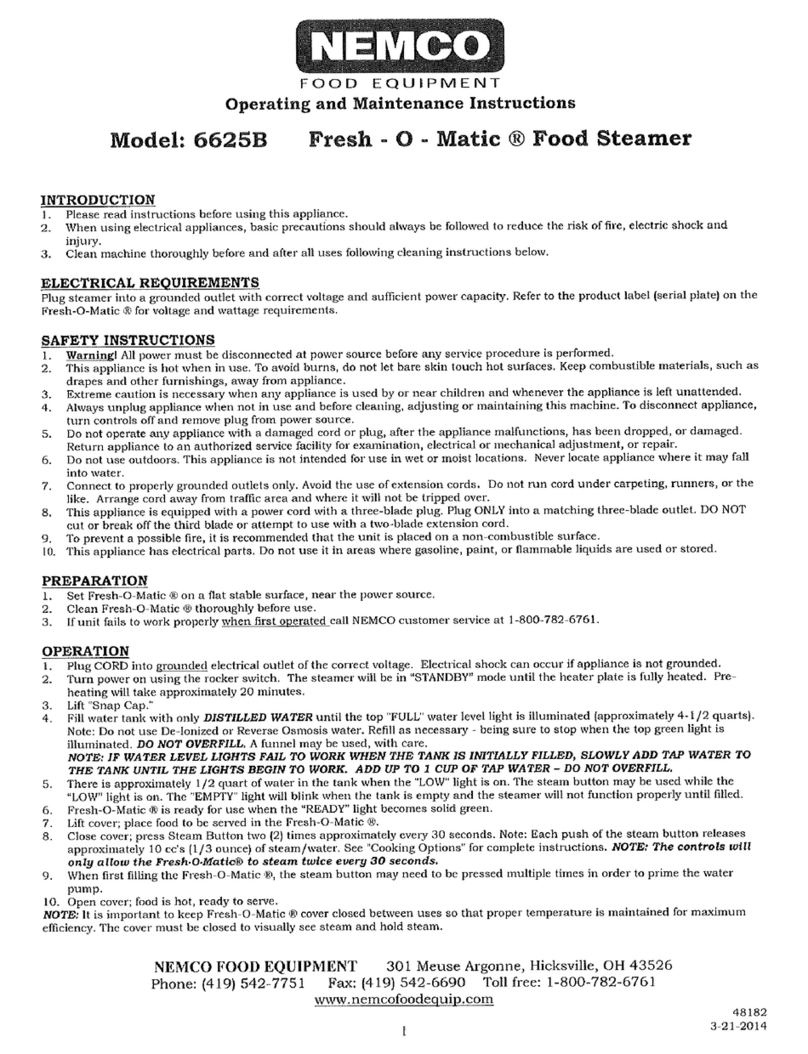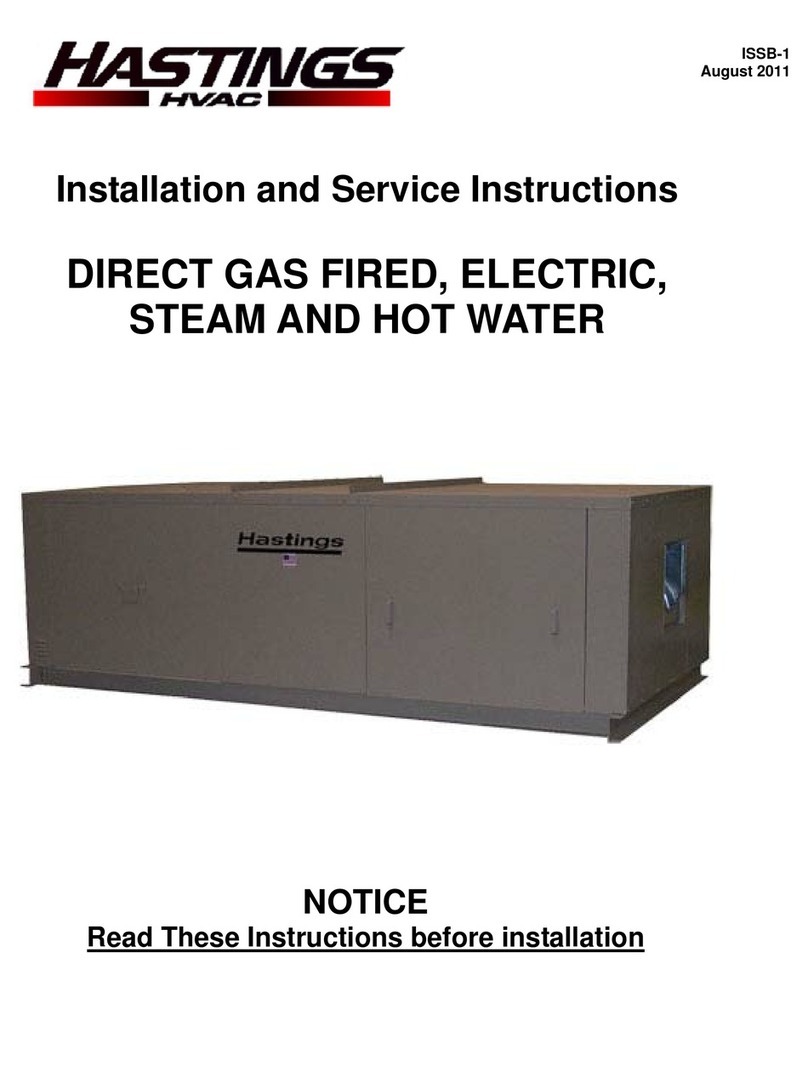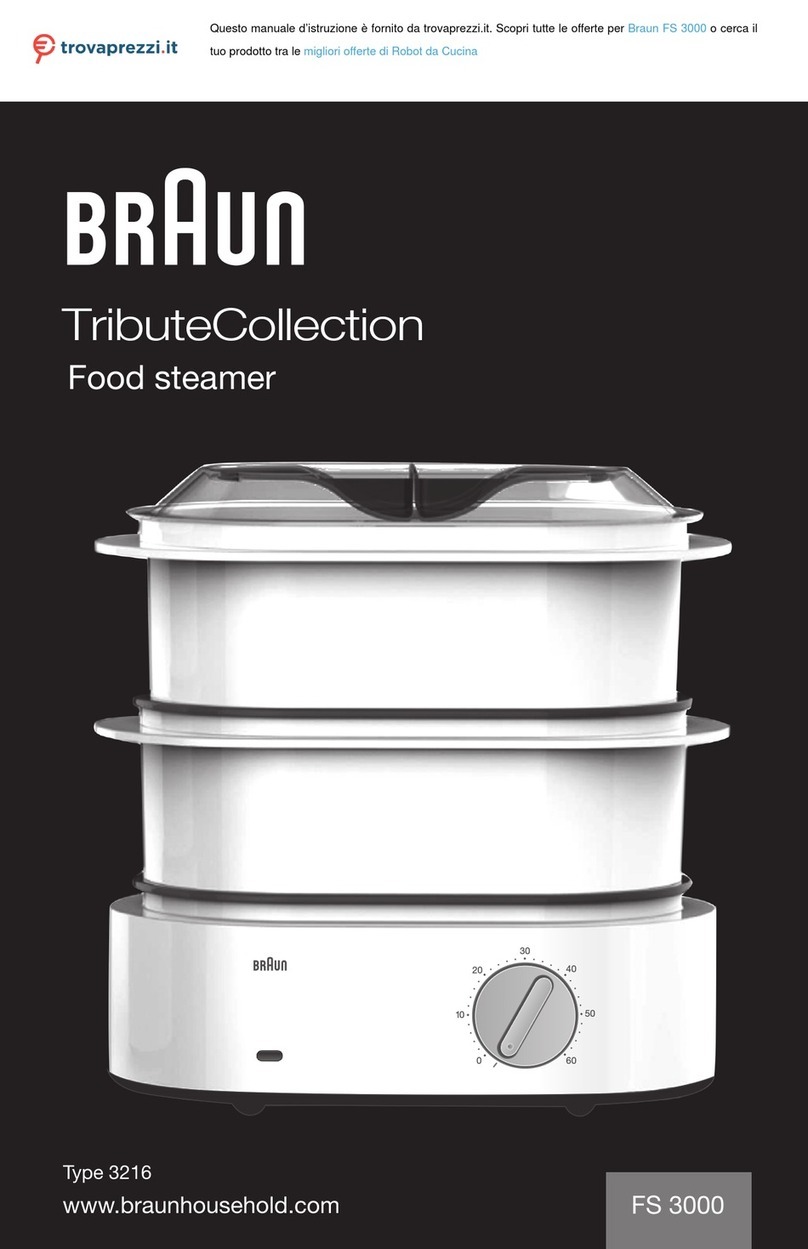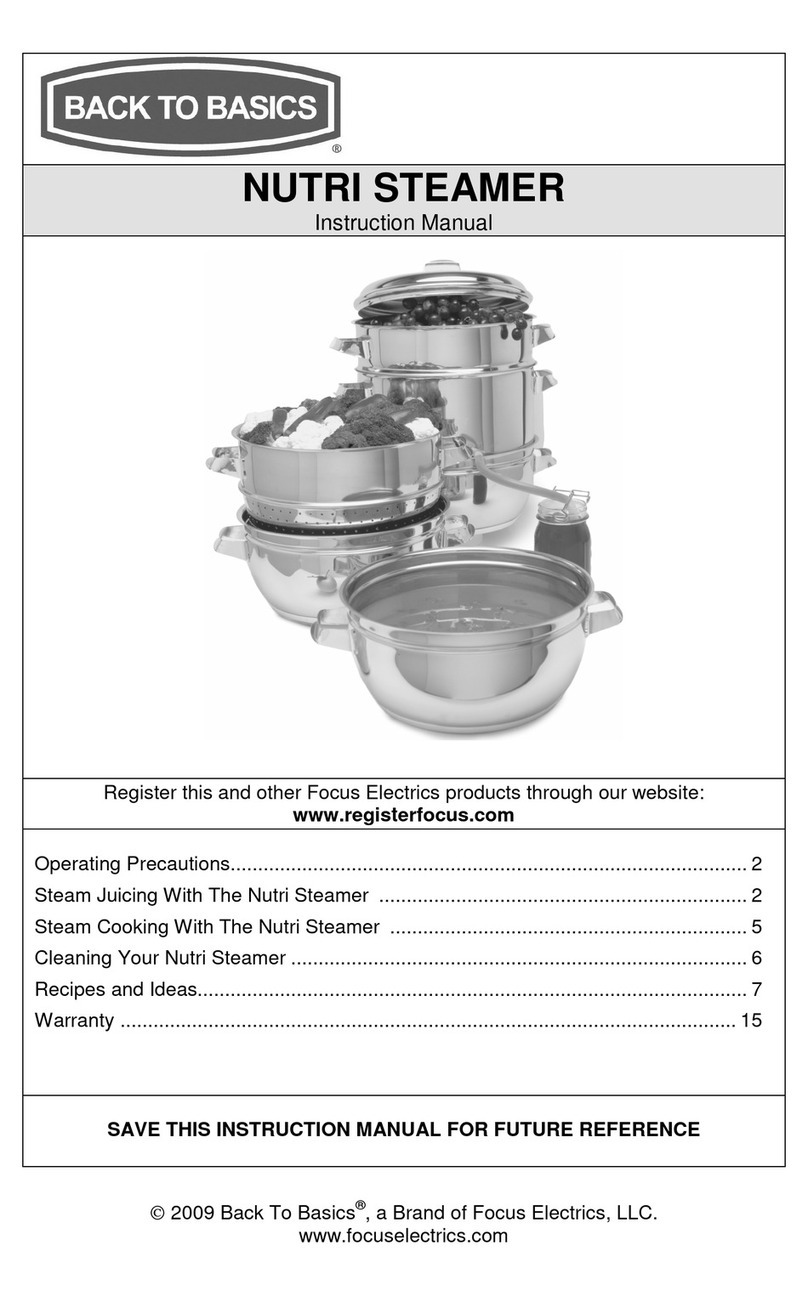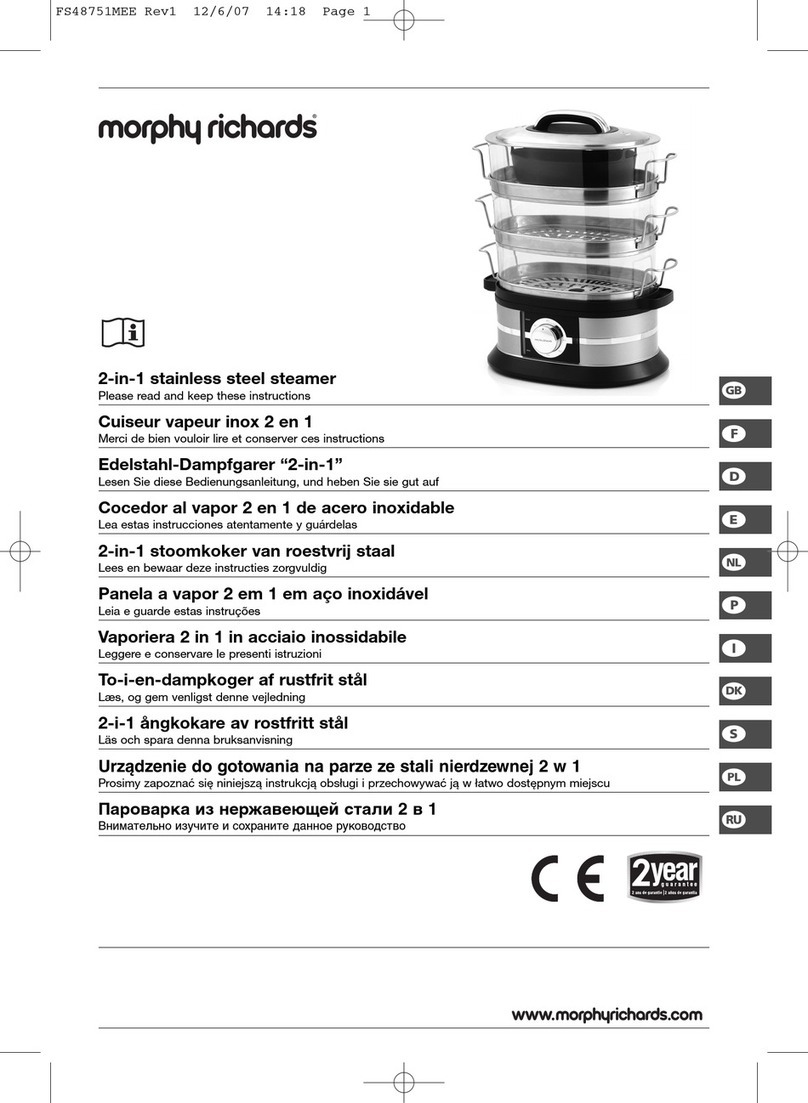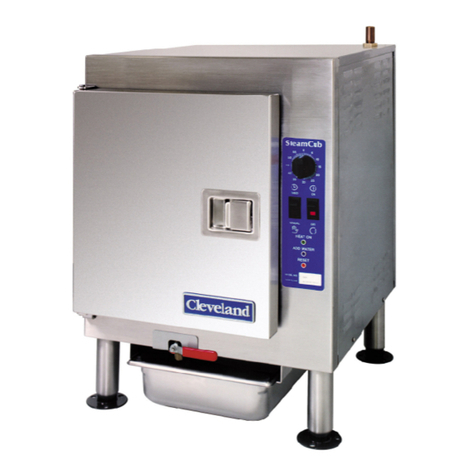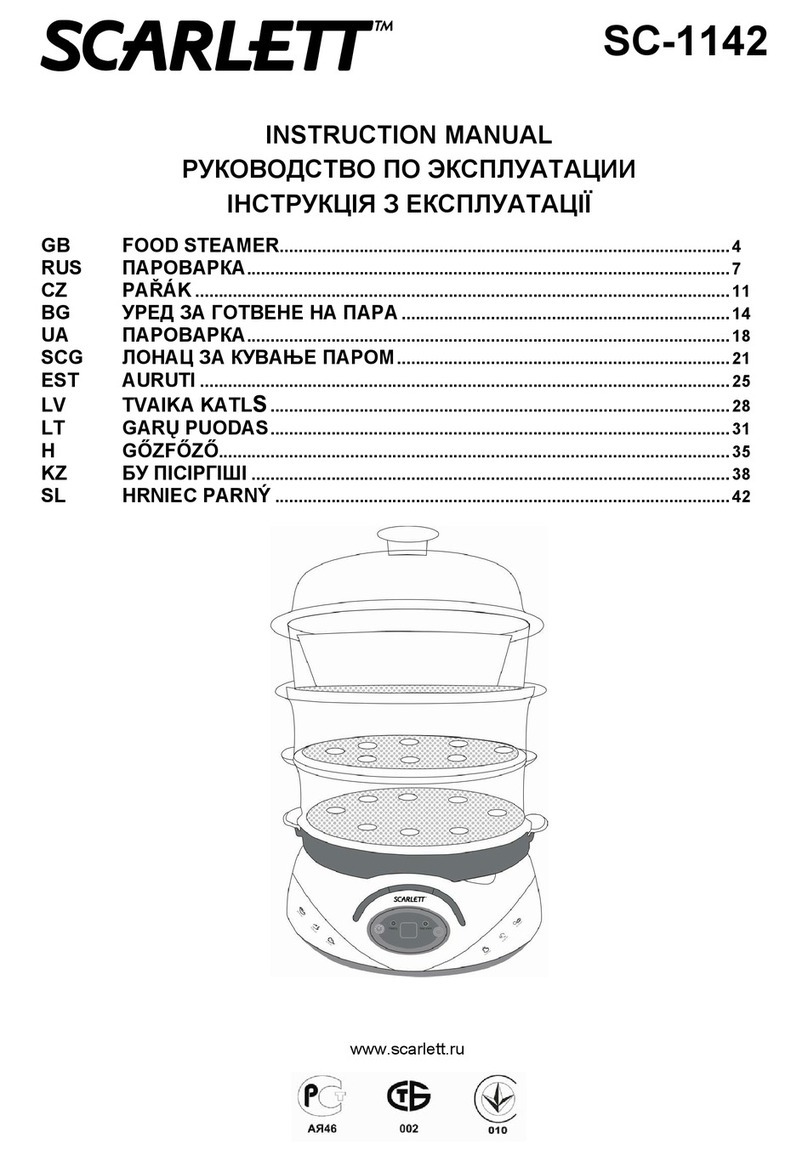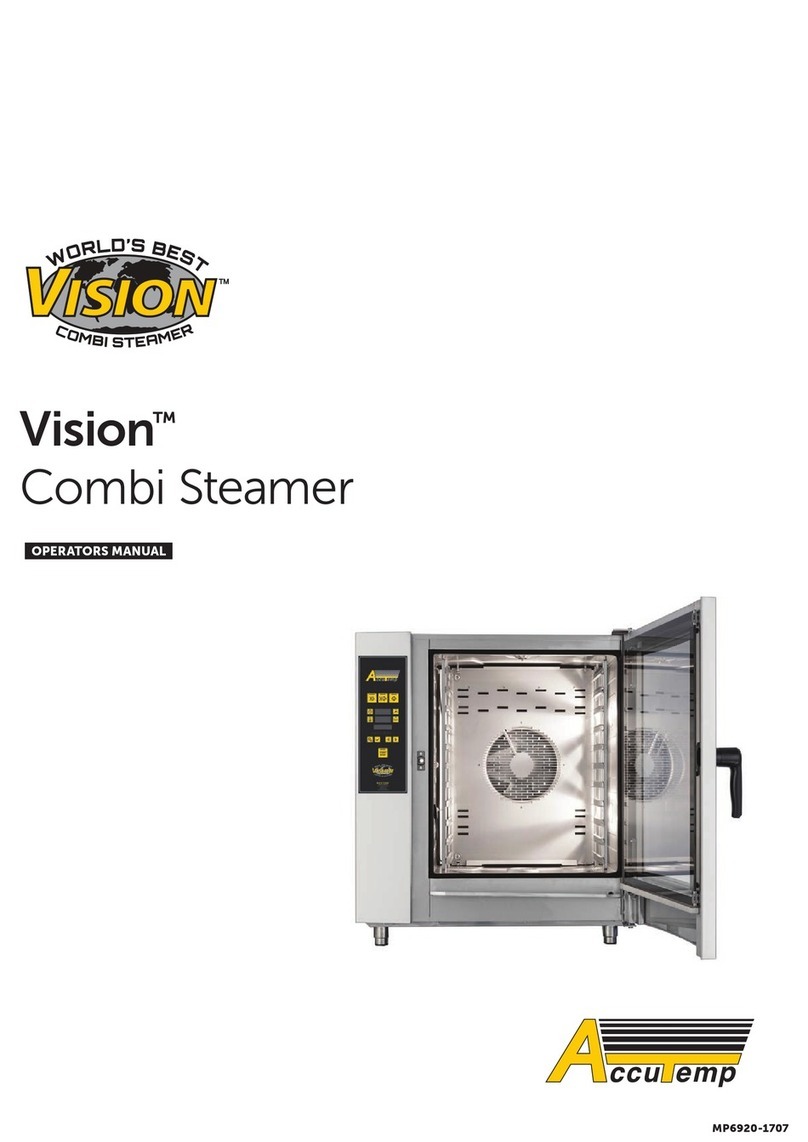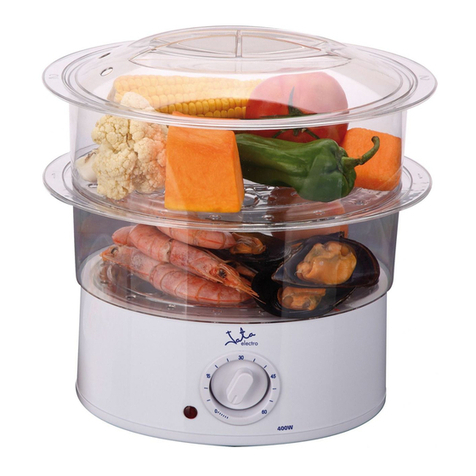
6 GB
~
To prevent overheating, never cover the appliance, otherwise heat
may build up in the appliance.
~Do not lean over the steam cooker …
… when you open the lid and the contents are still hot, and
… when hot steam is coming out of the steam vents.
There is a danger of being scalded by escaping steam.
DANGER for children
~Packing materials are not children's
toys. Children should not be allowed to
play with the plastic bags: there is a risk
of suffocation.
~Keep the device out of the reach of chil-
dren.
DANGER to and from pets
and livestock
~
Electrical devices can represent a hazard
to pets and livestock. In addition, animals
can also cause damage to the device.
For this reason you should keep animals
away from electrical devices at all times.
DANGER! Risk of electric
shock due to moisture
~The base, the mains power cable and
the mains plug must not be immersed in
water or any other liquids.
~Protect the base from moisture, water
drops and water splashes: Failure to ob-
serve this instruction may result in an
electrical shock hazard.
~Should liquids enter the base, pull out
the mains plug immediately. Have the
device checked before reusing.
~Never touch the device with wet hands.
~Make sure that the surface under the de-
vice is dry.
DANGER! Risk of electric
shock
~Never put the device into operation if
there are visible damages to the device
or the power cable or if the device has
been dropped before.
~Only connect the mains plug to a prop-
erly installed and easily accessible
grounded power socket whose voltage
corresponds to the specifications on the
rating plate. The wall socket must contin-
ue to be easily accessible after the de-
vice is plugged in.
~Ensure that the power cable cannot be
damaged by sharp edges or hot surfac-
es.
~When using the device, ensure that the
power cable cannot be trapped or
crushed.
~The device is not fully disconnected from
the power supply, even after it is
switched off. In order to fully disconnect
it, pull out the mains plug.
~When removing the mains plug from the
wall socket, always pull the plug and
never the cable.
~Disconnect the mains plug from the wall
socket.
…ifthereisafault,
… when you are not using the device,
… before you clean the device and
… during thunderstorms.
~To avoid any risk, do not make modifi-
cations to the product.
FIRE HAZARD
~Before turning the device on, place it on
a level, stable, dry, heat-resistant sur-
face.
~It is not necessary to constantly super-
vise during operation, but just to check
regularly. This applies in particular
when very long cooking times are set.
BB&3(B%ERRN6HLWH0LWWZRFK$XJXVW

